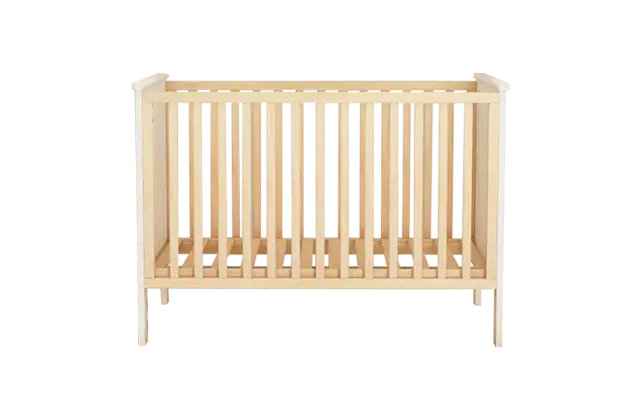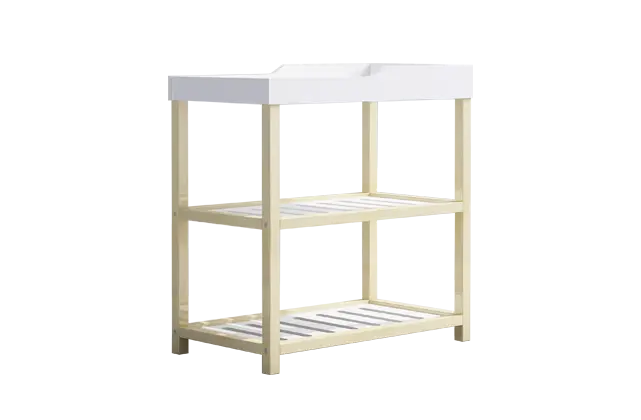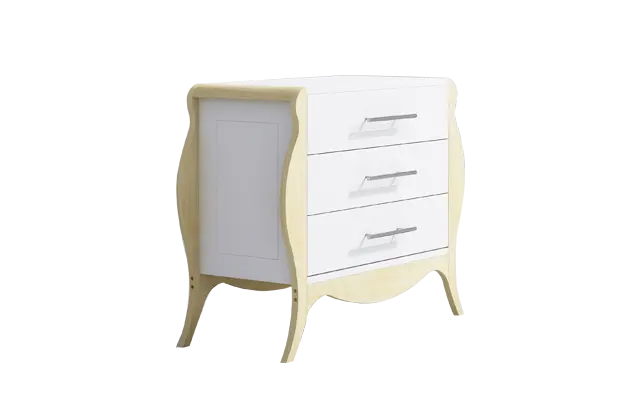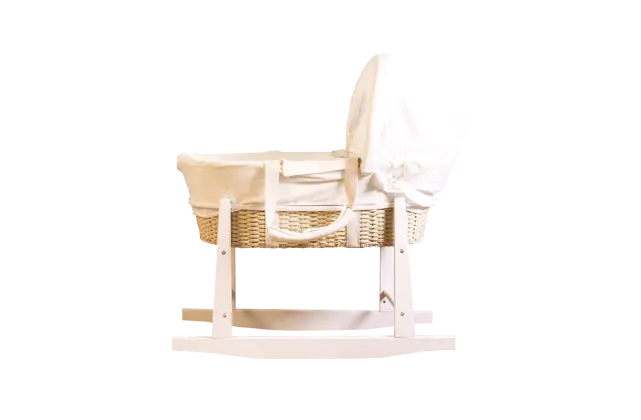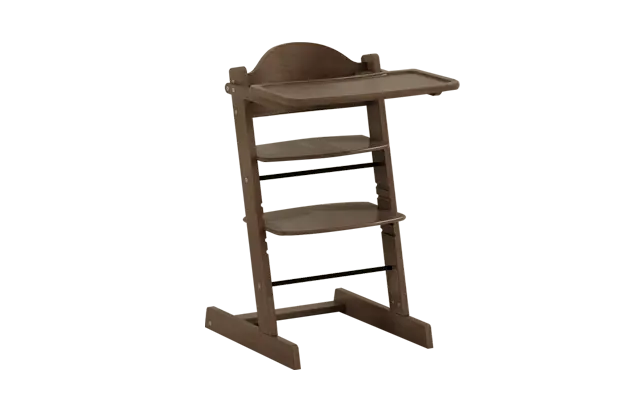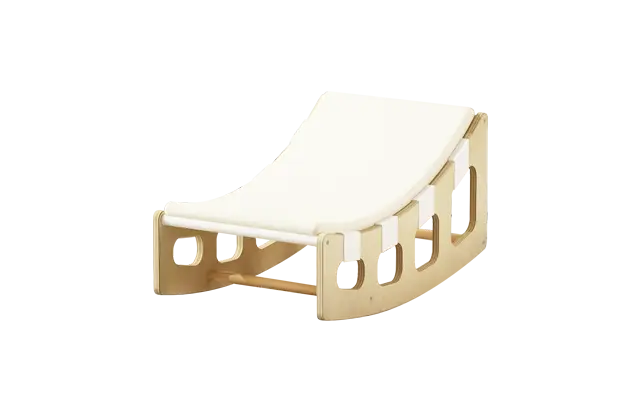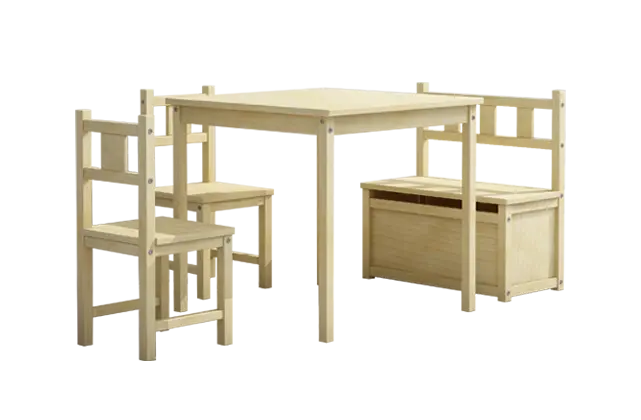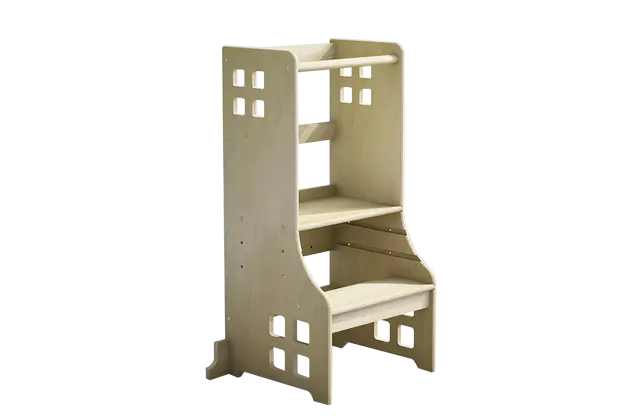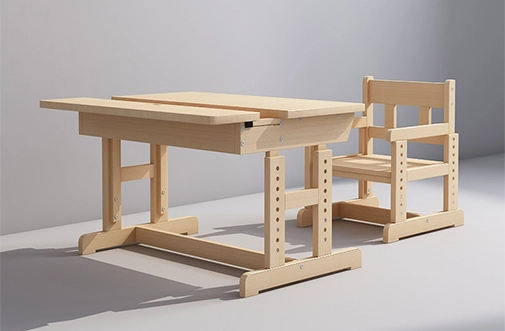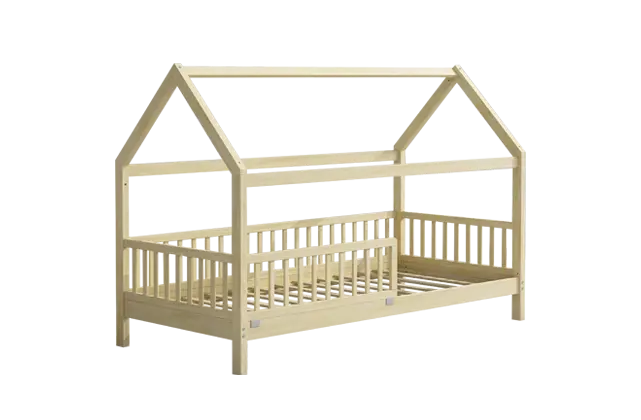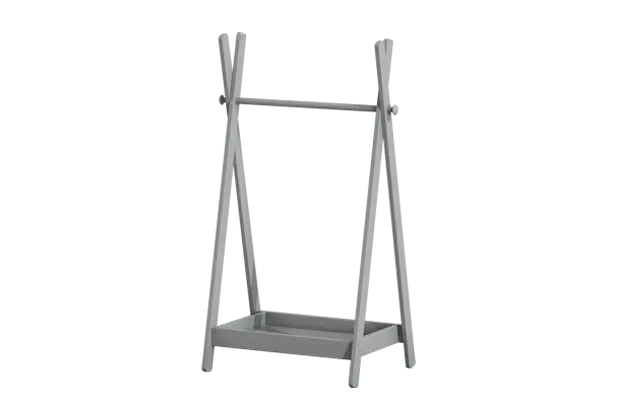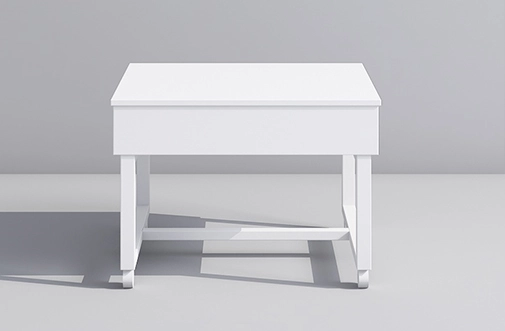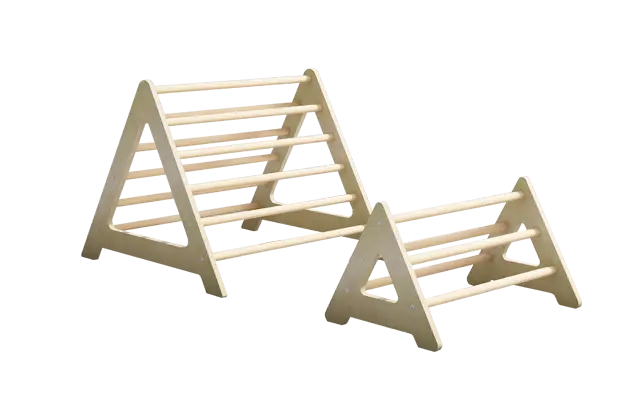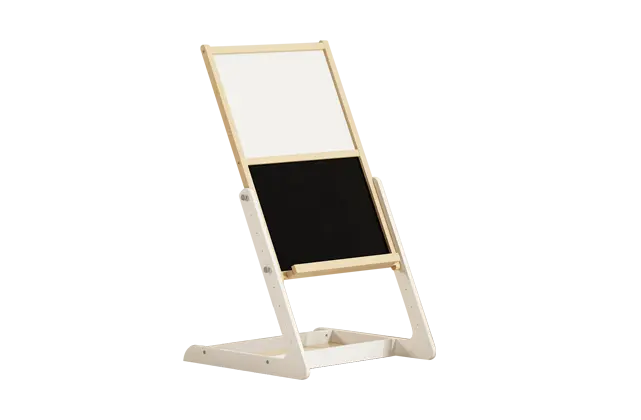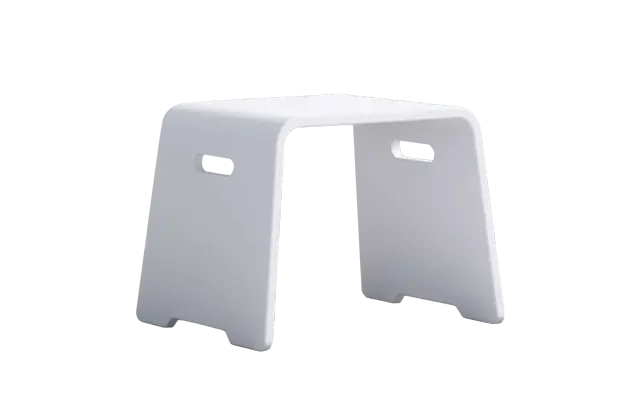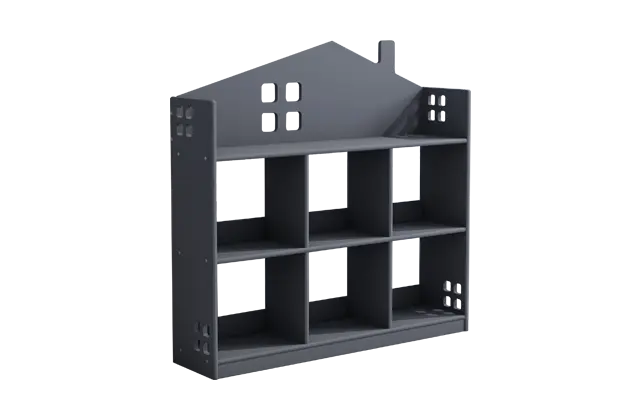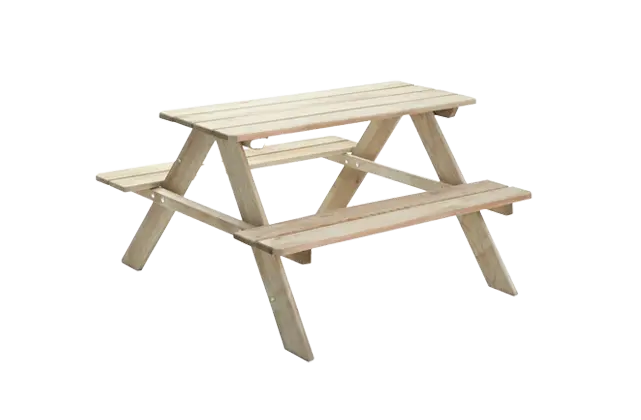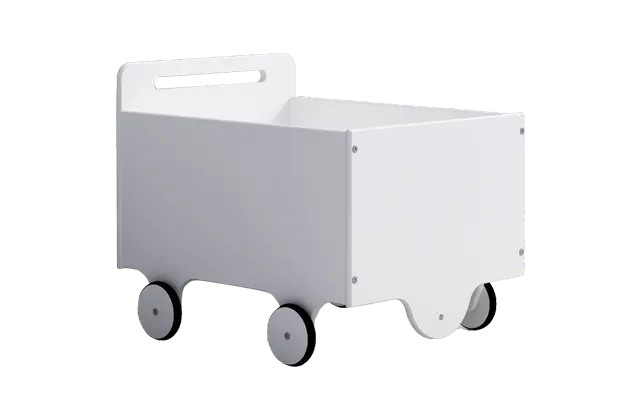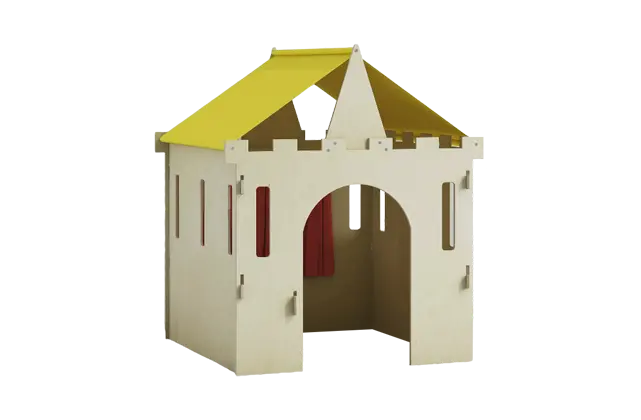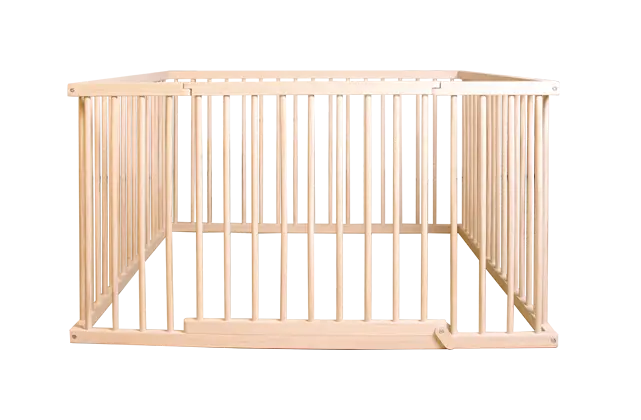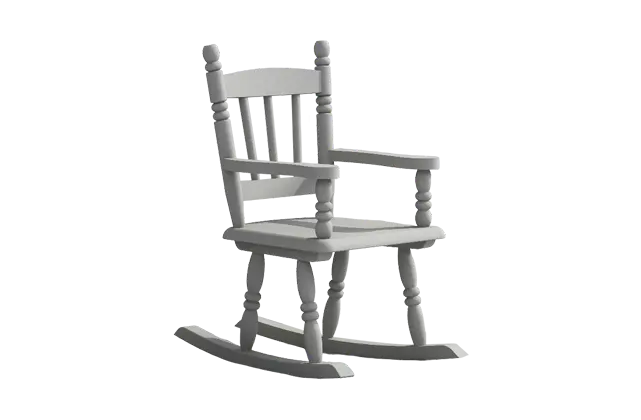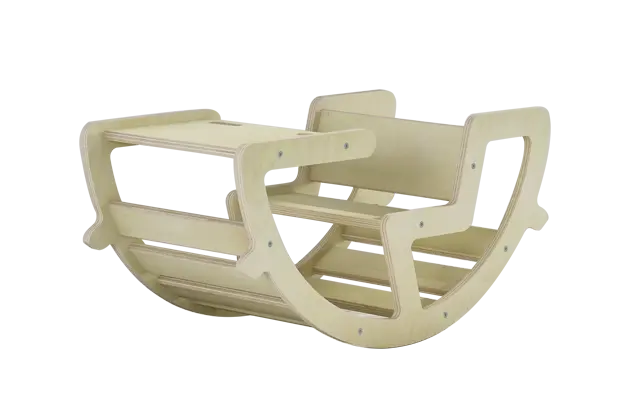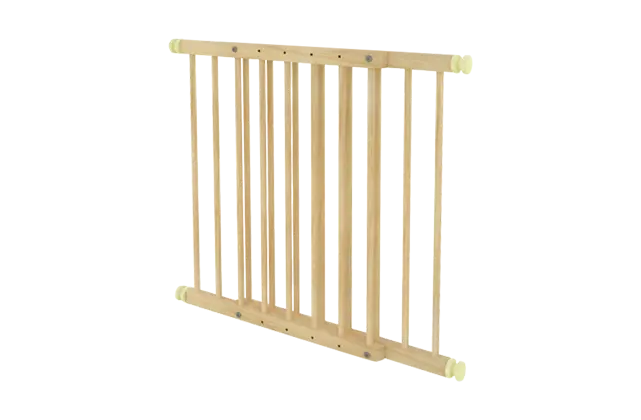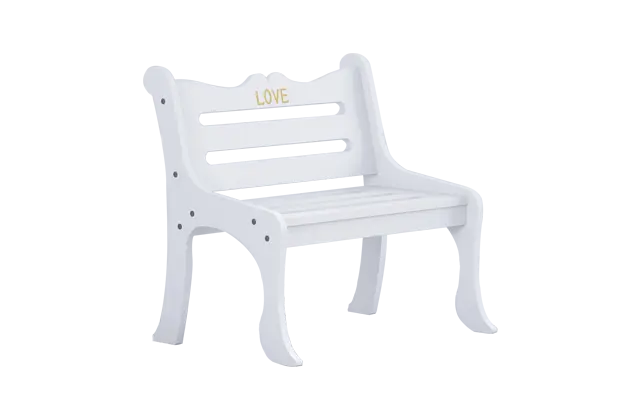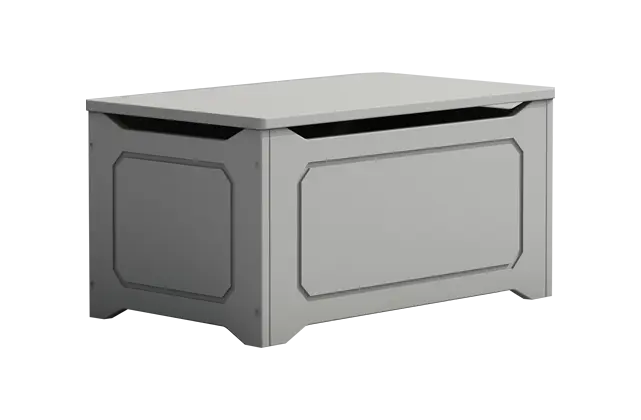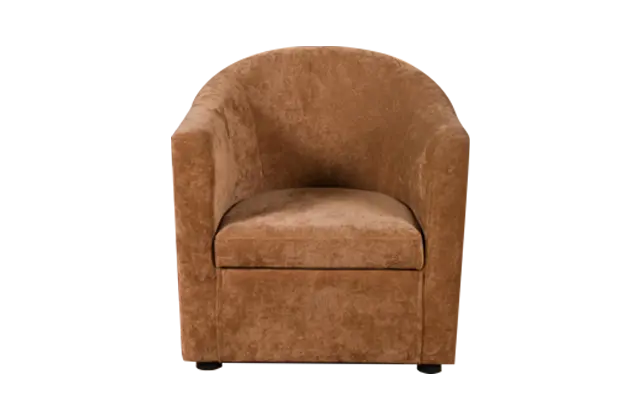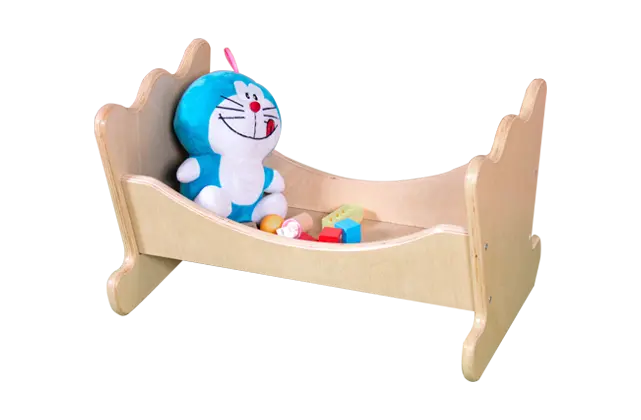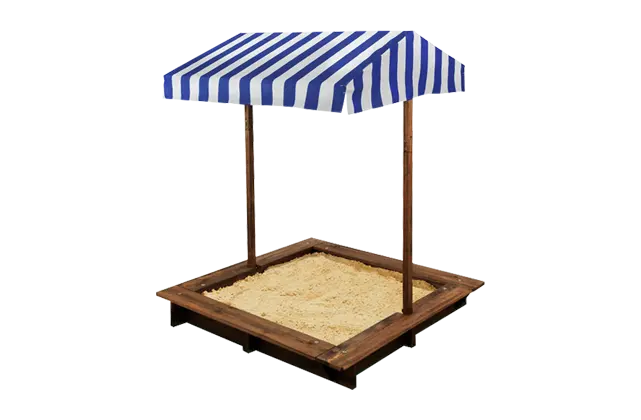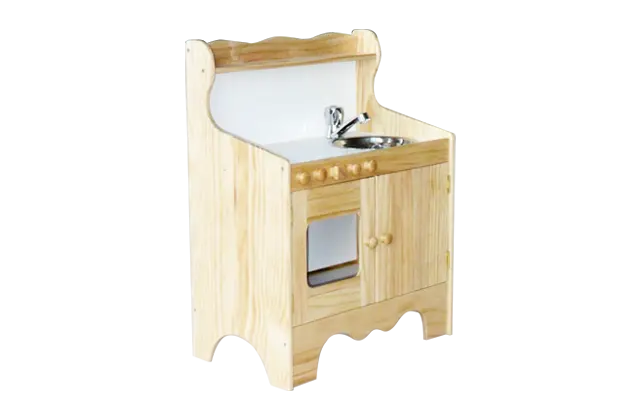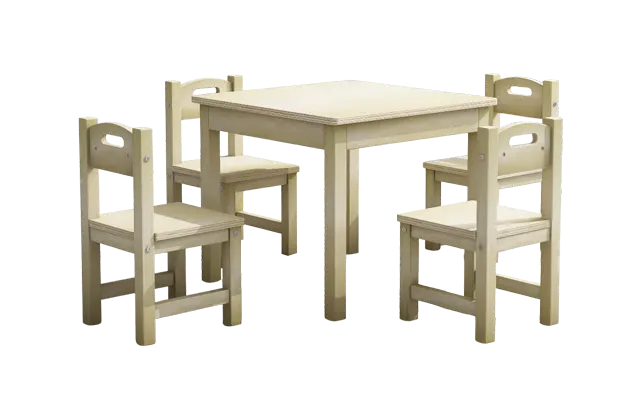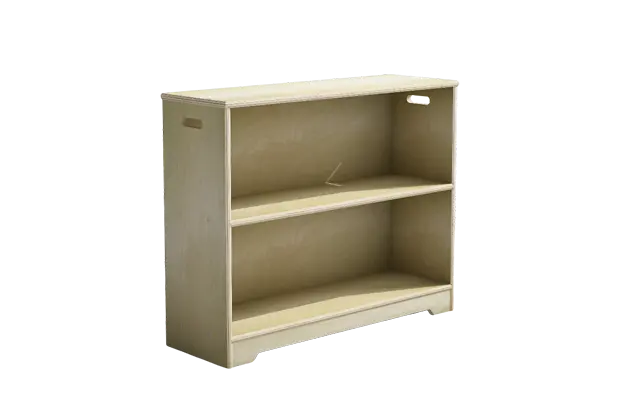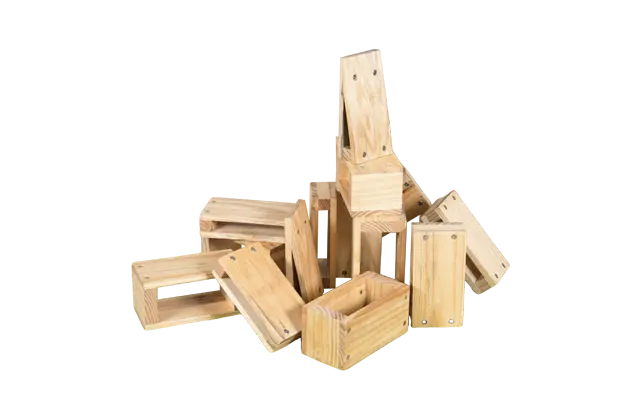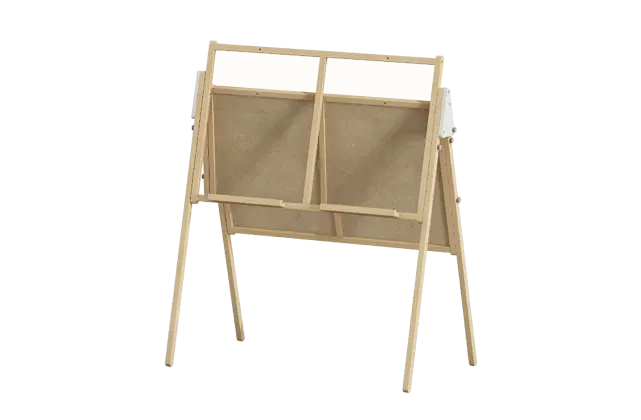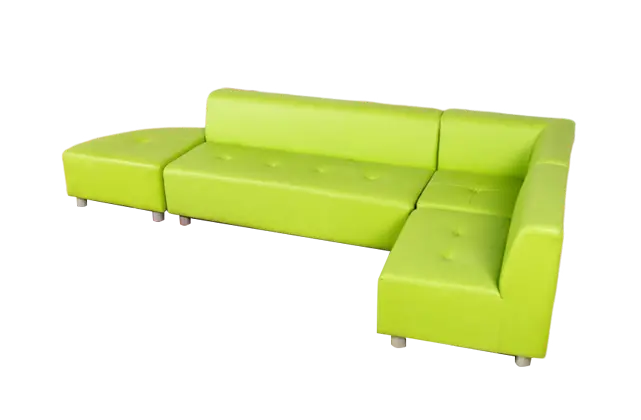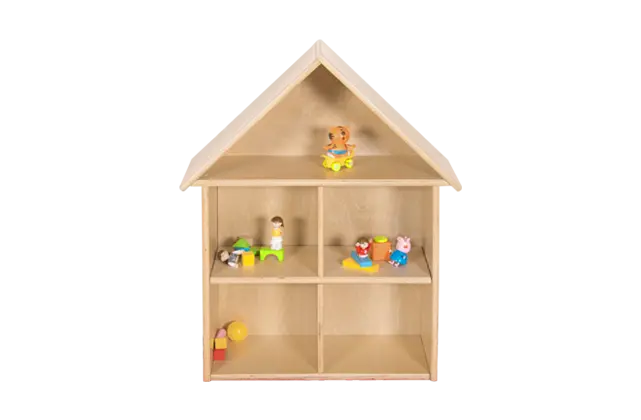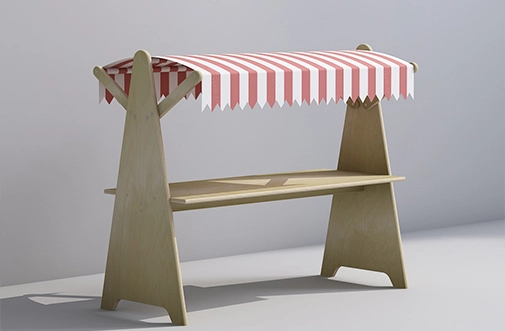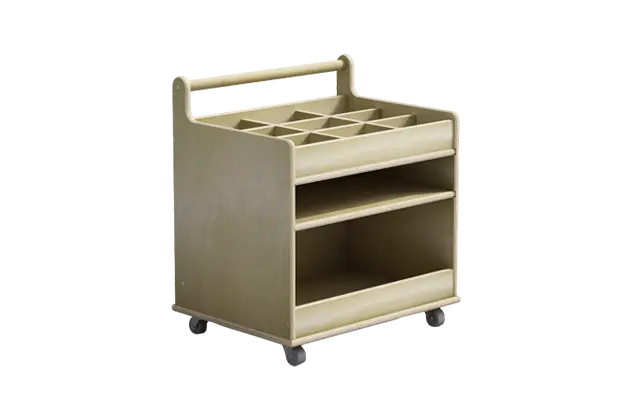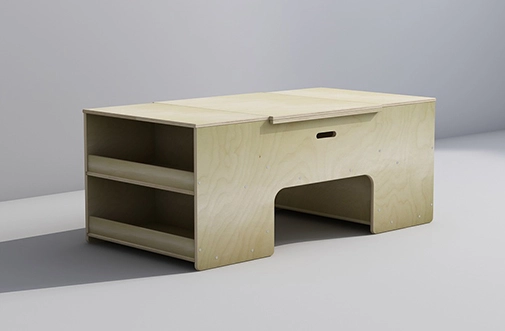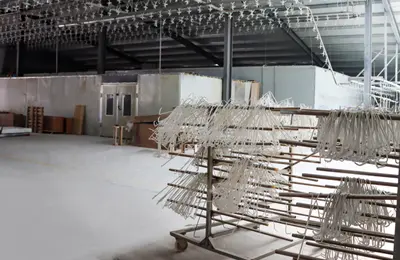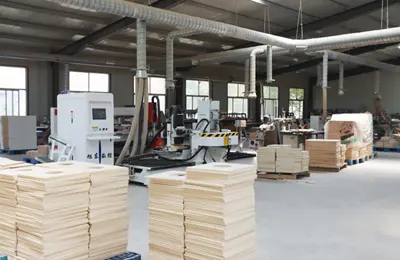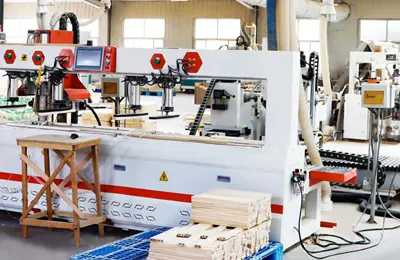Various Uses of Montessori Obstacles
Homish Montessori obstacles offer versatile opportunities for children to engage in active, developmental play. Here are some creative and practical uses for these obstacles:
1. Gross Motor Skill Development:
Children can use the obstacles to practice climbing, crawling, balancing, and jumping, helping to improve their coordination, strength, and overall physical development.
2. Balance and Coordination Challenges:
Set up obstacle courses to challenge balance and coordination, encouraging children to navigate various paths, step over hurdles, or balance on beams, enhancing their proprioceptive and vestibular skills.
3. Confidence Building:
By successfully completing obstacle courses, children gain confidence in their physical abilities and problem-solving skills, fostering a sense of achievement and self-esteem.
4. Sensory Integration:
Incorporate different textures, heights, and shapes to create sensory-rich experiences. This helps children develop sensory processing skills and adapt to different physical challenges.
5. Group Play and Social Interaction:
Set up group activities where children work together to navigate obstacle courses. This promotes teamwork, communication, and social skills as they collaborate and encourage each other.
Exploring the Functions of Montessori Obstacles
Homish Montessori obstacles are designed to provide a wide range of developmental benefits through active, purposeful play. Here are some of their primary functions:
1. Physical Development:
Gross Motor Skills: Encourages children to engage in activities like climbing, crawling, balancing, and jumping, which strengthen muscles and improve coordination.
Fine Motor Skills: Certain obstacles require precise movements, such as gripping, stepping, or balancing, which enhance fine motor control.
2. Balance and Coordination Training:
Navigating obstacles like balance beams or stepping stones helps children develop proprioception and spatial awareness, key components for balance and coordination.
3. Cognitive and Problem-Solving Skills:
Children must plan and strategize their movements to successfully navigate obstacle courses, promoting critical thinking and problem-solving abilities.
4. Confidence and Risk Management:
By overcoming physical challenges, children build self-confidence and learn to assess and manage risks in a safe, controlled environment.
5. Sensory Integration:
Different textures, shapes, and heights stimulate various sensory inputs, supporting sensory processing and helping children adapt to new physical experiences.
6. Social Interaction and Teamwork:
When used in group activities, obstacles encourage social skills such as cooperation, communication, and taking turns, fostering positive peer interactions.
7. Creativity and Imagination:
Children can use obstacles in imaginative play, creating scenarios and stories that enhance creativity and cognitive flexibility.
 Jul 11, 2024
Jul 11, 2024 
